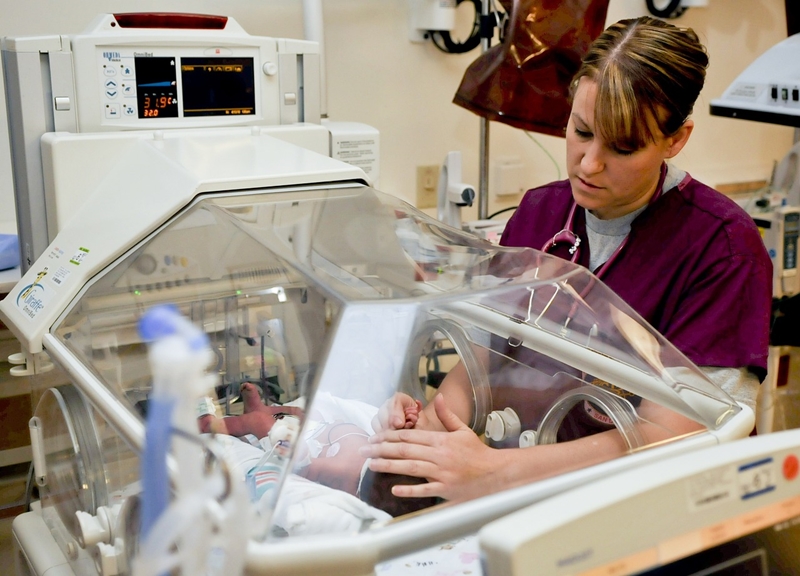October is Manufacturing Month, celebrating a key industry that provides thousands of jobs in the Grand Erie region.
About 1.7 million people work in manufacturing across Canada, over half of those jobs in Ontario – the country’s manufacturing heartland.
Manufacturing is the No. 1 employer in our area, with almost 800 businesses employing 15,800 people in Brantford, Six Nations, New Credit, and the counties of Brant, Haldimand and Norfolk.
Local companies make an amazing array of products, some of which are household names and brands that people buy every day. Think bread, chocolates, chicken nuggets, frozen waffles, hockey sticks, air fresheners, house paint, barbecues, cat litter, drywall, windows, kitchen cabinets, LED lighting – to name a few.
Other products are for special uses or niches. Think truck trailers, forestry equipment, neon signs, cabinetry for grocery stores, playground equipment, vinyl siding, swimming pool liners.
Other products are used as a part of others. Think auto parts, steel, pharmaceutical products, recycled rubber, cement wall panels, building supplies, industrial pumps, plastic hoses.
October will be celebrated as Manufacturing Month in North America, with Oct. 1 marked as Manufacturing Day in many areas.
In the past, manufacturers have thrown open their doors to tours, giving students and other visitors a behind-the-scenes look at what they make and the types of jobs they hire for.
The October Manufacturing Month tours are a way for companies to showcase their products, people and jobs, and to dispel commonly held myths about what it is like to work in manufacturing.
The Workforce Planning Board of Grand Erie has previously organized tours of local manufacturers and has produced a dozen videos about careers at local companies (see the resource section below).
Today’s manufacturing is a lot different than 30 or 50 years ago.
The days of workers standing at a production line, doing mind-numbing repetitive tasks, in a loud, dirty factory are largely past.
Today, production is highly automated, with computers, robots and cutting-edge technology heavily used. Companies value innovation, looking for better ways of doing things and creating new products.
Advanced Manufacturing, which uses new technologies, is a rapidly growing part of the industry.
Manufacturing offers a large variety of jobs, covering dozens of occupations, types of work and skill levels, from entry level positions to the most senior and experienced.
And while men have traditionally made up the bulk of people working in production and skilled trades roles in manufacturing, more women are entering the industry.
TYPES OF JOBS: Jobs can range from machine operator to office staff, packagers, salespeople, welders, millwrights, material handlers, computer programmers, engineers, designers, researchers, chemists, quality control specialists, health and safety experts.
JOB SKILLS: Skills used in manufacturing jobs also vary. Among the skills highly valued by businesses are: problem solving, critical thinking, team work, good communication, attention to detail, customer service and people skills. Learning to work safely is also important. Each occupation may have its own set of technical skills, from operating CNC machines to blueprint reading, programming robots and repairing equipment. And like all businesses, companies need people who are reliable and show up for work on time.
EDUCATION AND TRAINING: Businesses hire people who haven’t finished high school up to PhDs, depending on the role. Many companies offer on-the-job training, apprenticeships, or send workers to specialized training. Many companies provide opportunities for their staff to upgrade their skills and may help pay for their courses.
OPPORTUNITIES: Many companies regularly hire to fill open positions. Some increase their hiring to meet a large order or to fill seasonal demands. Companies like to promote from within, providing opportunities for advancement to employees who demonstrate a strong work ethic, a desire to learn, and a commitment to the business. There may be further opportunities as some older workers retire.
Find Out More
We Make It Here: A dozen videos produced by the Workforce Planning Board of Grand Erie that showcase local companies, the products they make and the people that make them.
Grand Erie Jobs: This online job board is the best source to find local manufacturing jobs, or to learn about specific manufacturing occupations or companies.
Local Training and Education
Skills2Advance Welding: Free job training program that prepares people to enter the welding trade in the Grand Erie region.
Conestoga College: College courses for manufacturing, including skilled trades and manufacturing management, plus continuing education courses.
Fanshawe College, Simcoe/Norfolk Regional Campus: College courses in welding and office administration, plus a number of continuing education courses.
Six Nations Polytechnic: Training for welders and machinists.
Mohawk College: College courses for manufacturing, including skilled trades, engineering and robotics training, plus continuing education courses.













